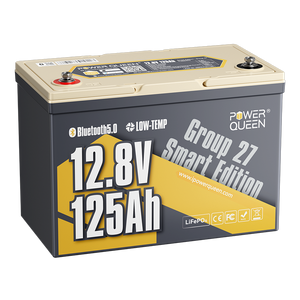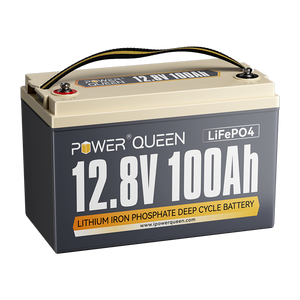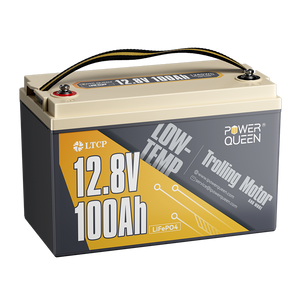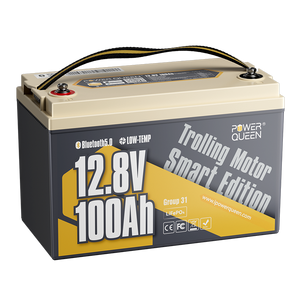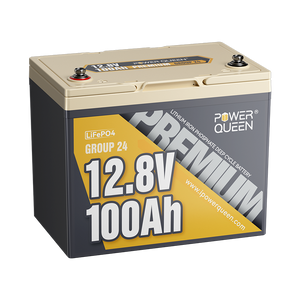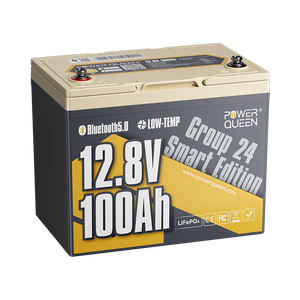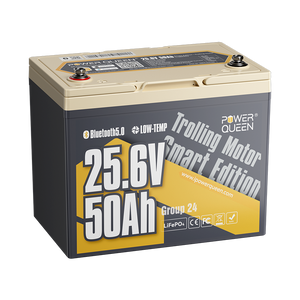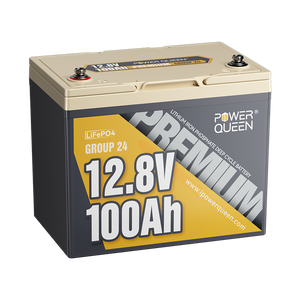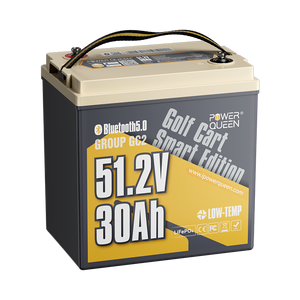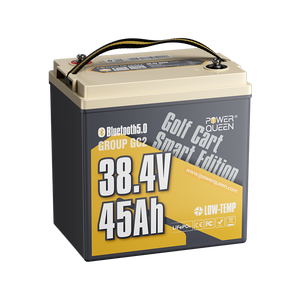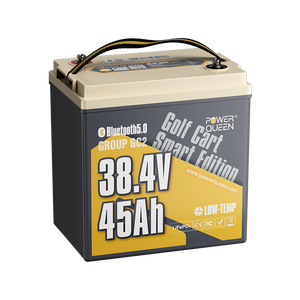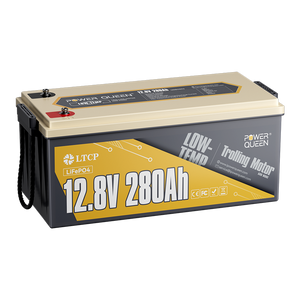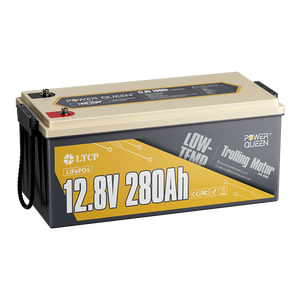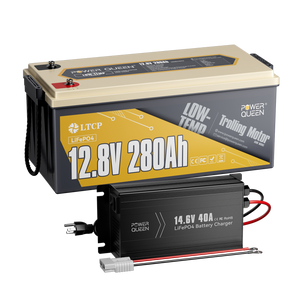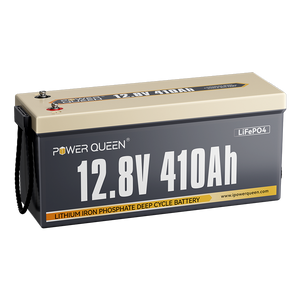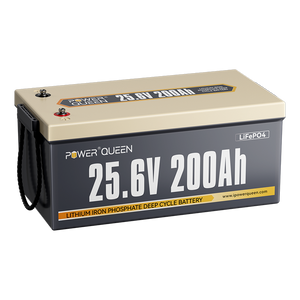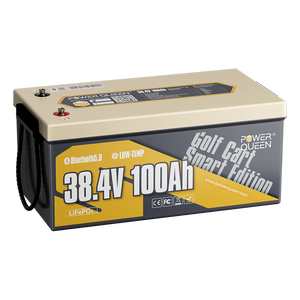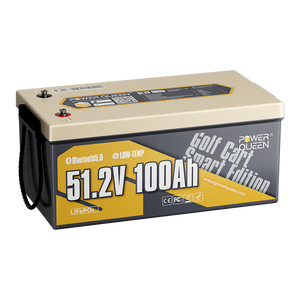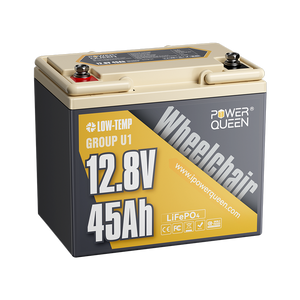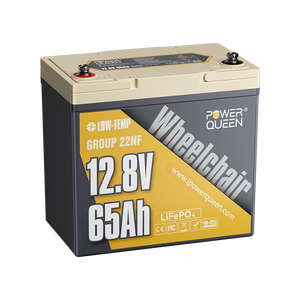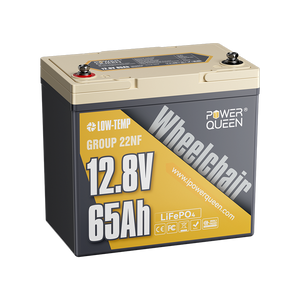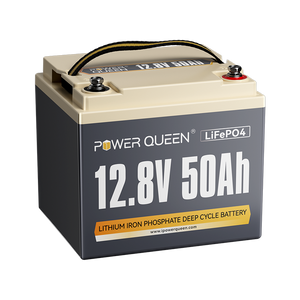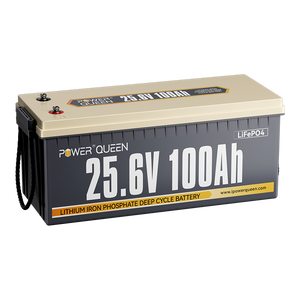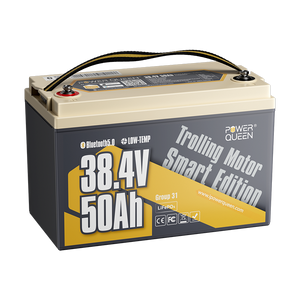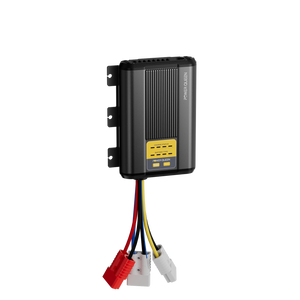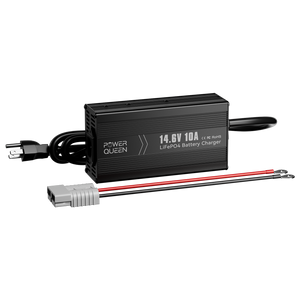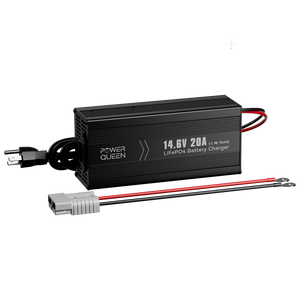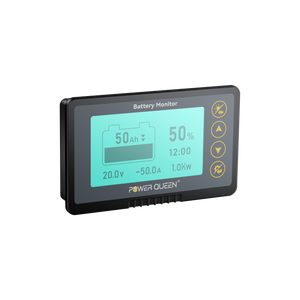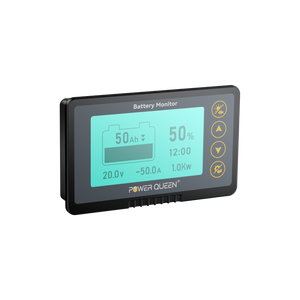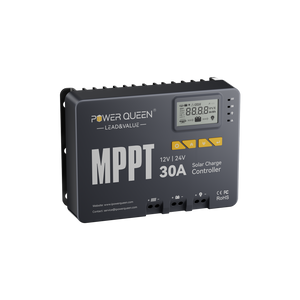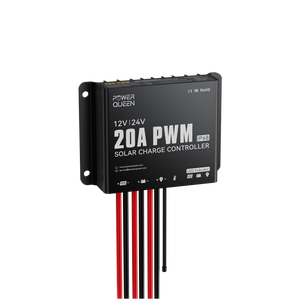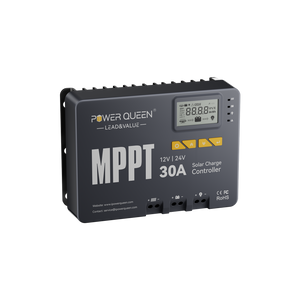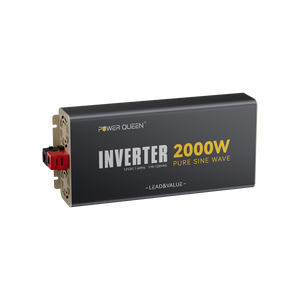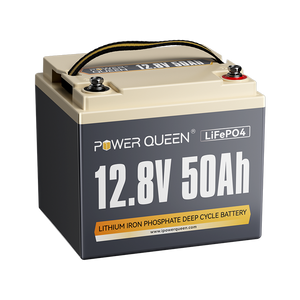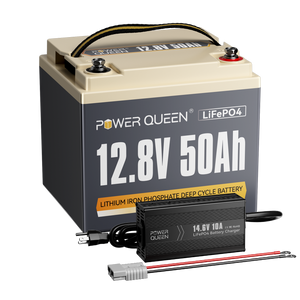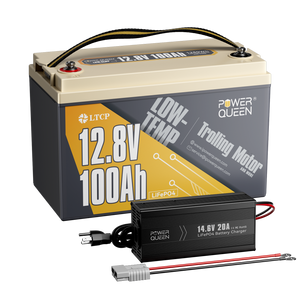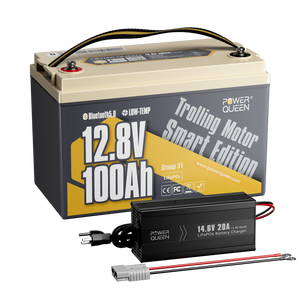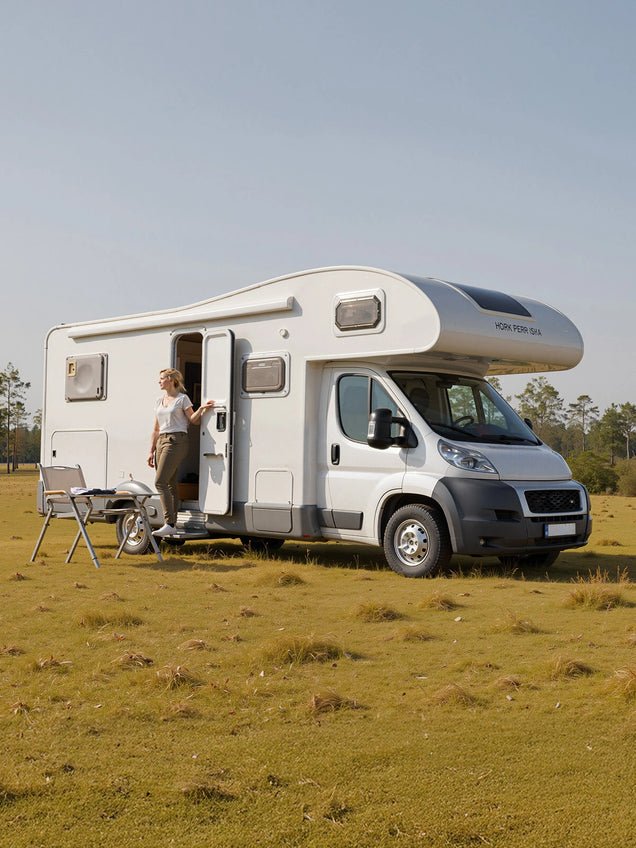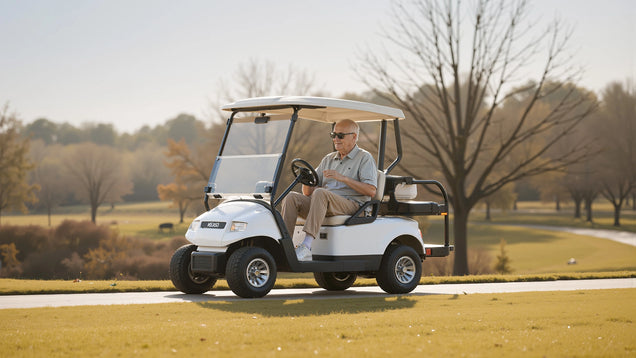How To Store Electric Golf Cart For Winter
It is imperative to get your golf cart ready for the winter months. In addition to safeguarding your investment, proper winter storage will guarantee that your golf cart remains operational come springtime. Cold weather and months of inactivity without proper maintenance can cause battery troubles, rust, and other mechanical issues. We'll go over all the necessary procedures in this tutorial to help you store your golf cart safely throughout the winter.
Table of Content
- Part 1. 7 Steps To Store Your Golf Cart Properly
- 1.1 Clean Your Golf Cart Thoroughly
- 1.2 Battery Maintenance
- 1.3 Tire Care
- 1.4 Fuel System (For Gas-Powered Carts)
- 1.5 Parking and Covering Your Golf Cart
- 1.6 Inspect and Store Your Accessories
- 1.7 Regular Check-Ins
- Part 2. FAQs about Storing Golf Cart Batteries
- 2.1 Will your batteries lose charge by sitting for long periods in cold weather?
- 2.2 Will leaving your charger connected all winter hurt your batteries?
- 2.3 How often should you check your batteries during winter storage?
- 2.4 Should you charge your batteries before storing them for winter?
- 2.5 Can you disconnect the batteries to avoid monthly maintenance?
- Part 3. Best Battery for Electric Golf Carts
Part 1. 7 Steps To Store Your Golf Cart Properly
1.1 Clean Your Golf Cart Thoroughly
It is imperative to give your golf cart a thorough cleaning before putting it away for the winter. Over time, corrosion can be caused by dirt, dust, and moisture, particularly in the winter months.
- Exterior: To begin, give your cart's outside a good cleaning. Make sure to wash off any collected mud or road salt by using a mild soap and water. Apply a layer of wax to the body after washing to help shield it against moisture and rust while being stored.
- Interior: Clear the floor, storage compartments, and seats of any clutter. Use a moist cloth to clean surfaces to avoid the growth of mildew and stains.
- Undercarriage: Give the undercarriage close attention when cleaning beneath the cart. Rust can result from dirt and mud adhering to the frame and retaining moisture.
1.2 Battery Maintenance
One of the most important parts of winter storage is battery maintenance. You may avoid your battery losing charge or sustaining irreparable harm by giving it the proper care during the off-season.
- Battery Storage Before Charging:
- Charge Fully Before Storage (Lead-Acid Battery): Prior to storing the cart, make sure your lead-acid battery is completely charged. The self-discharge rate of lead acid batteries is considerable, ranging from 10% to 15% each month. A lead-acid battery's total capacity can be reduced if it is stored in a deeply drained state since this might cause crystal formation. Thus, it's crucial to charge it completely before storing.
- Charge The Lithium Battery at 50% DOD: Lithium batteries self-discharge at a rate that is often substantially lower than that of lead-acid batteries, at 2-3% each month. It is advised to charge a lithium battery to roughly 50% depth of discharge (DOD) before storing it for an extended period of time. Storing at this level maintains the internal chemistry steady and extends the battery's overall lifespan. A lithium battery should not be kept completely charged or depleted since this will put undue strain on it over time.
- Disconnect or Remove Battery: To prevent any power drainage during storage, disconnect the battery wires or remove the battery totally. Make sure the area is dry and well-ventilated if storing indoors.
- Storage Temperature: Keep any lithium batteries you may have in a dry, cool place. Steer clear of frigid temps. Because lead-acid batteries are particularly sensitive to cold, make sure their storage is in a climate-controlled space.
- Check Battery Water Levels (for Lead-Acid Batteries): If lead-acid batteries are used in your cart, make sure the water levels are correct and add more as needed. Use of distilled water is recommended as tap water can cause battery deterioration.
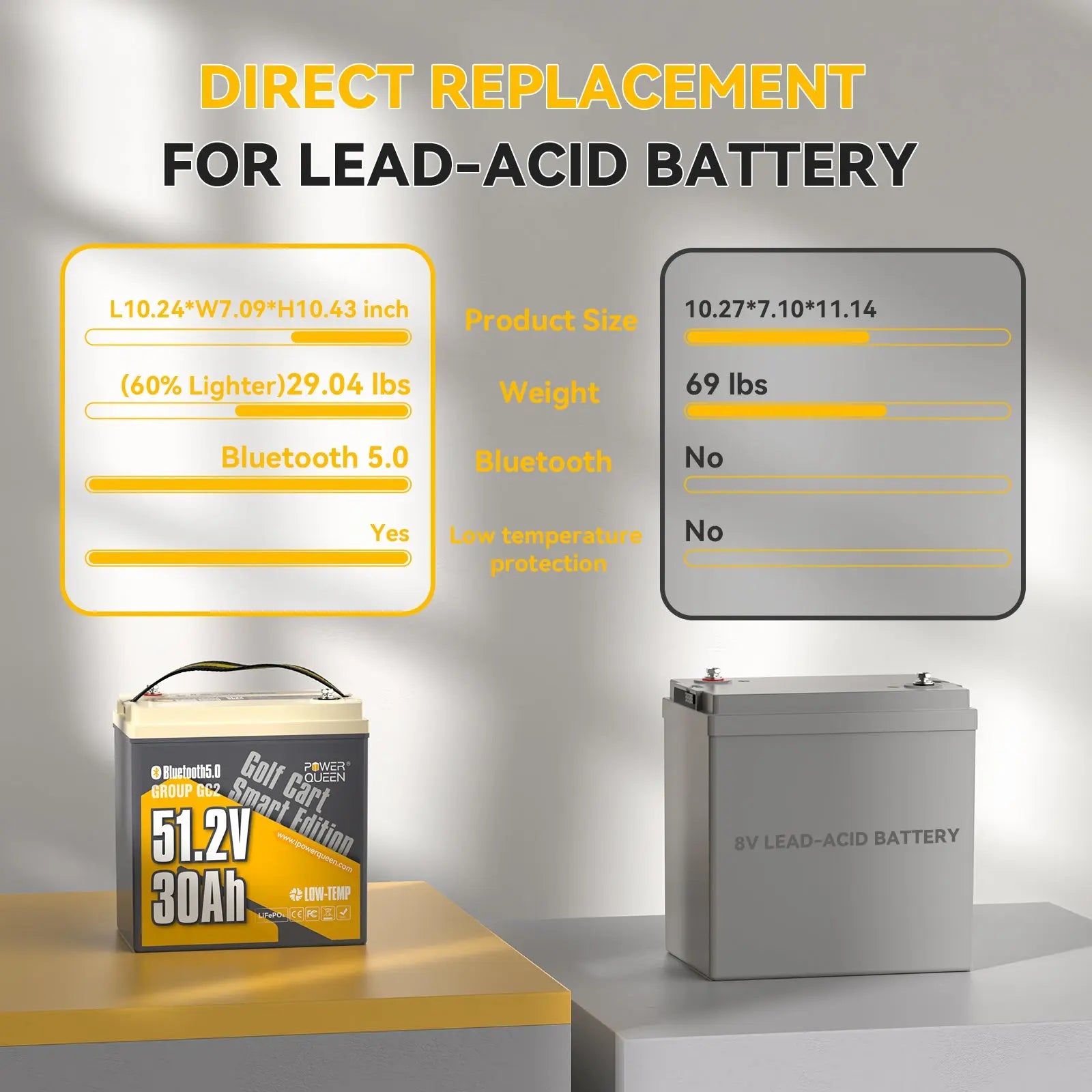
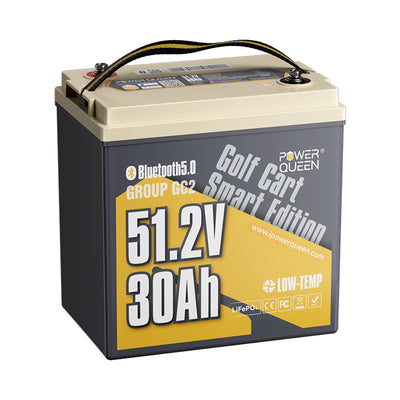

1.3 Tire Care
Maintaining your tires during winter storage is essential to preventing damage. Inflating the cart properly will help avoid flat patches, which can happen if it is left still for an extended amount of time.
- Inflate Tires: Make sure the pressure in all tires is as suggested by the manufacturer. By doing this, the weight will be distributed more fairly and flat patches won't form throughout the winter.
- Jack Up the Cart (Optional): Consider raising up the cart so the tires don't support the entire weight of the car while it is being stored if you want to further lessen the strain on your tires. This is especially useful if the cart will be kept in storage for a few months.
1.4 Fuel System (For Gas-Powered Carts)
Winterizing your fuel system is a crucial step in preventing engine damage if your golf cart runs on gas.
- Drain or Stabilize Fuel: To stop the fuel from deteriorating over time, you can either add a fuel stabilizer or totally empty the fuel tank. If you plan to store the cart for longer than three months, you should drain it; otherwise, a stabilizer works nicely.
- Oil Change: Prior to long-term storage, it is a good idea to change the oil because old oil can get sludgy and damage the engine. Engine components will be shielded from winter storage by clean oil.
1.5 Parking and Covering Your Golf Cart
Your golf cart's condition over the winter can be greatly impacted by where and how you park it.
- Park in a Dry, Covered Space: Put your golf cart away in a shed, garage, or other dry, covered space. It should not be parked in exposed, damp regions since this might cause rust and other damage from the elements.
- Use a Weatherproof Cover: Invest in a tightly fitting, weatherproof cover for your golf cart. A quality cover will shield your cart from any insects that might try to nest inside it during the off-season, as well as dust, debris, and dampness.
1.6 Inspect and Store Your Accessories
Prior to winter storage, golf cart accessories including lighting, mirrors, and electronics should be serviced.
- Remove and Store Electronics: Remove and stow any technological parts from your golf cart that aren't needed, such as speakers, a GPS system, or extra lighting. This lessens the chance of battery exhaustion and shields them from the cold.
- Check Lights and Mirrors: Make sure all of the lights and mirrors are in good operating order before storing. Now is the perfect time to take care of any necessary repairs or replacements so you're prepared to hit the course in the spring.
- Store Keys Separately: Throughout the winter, keep your golf cart keys in a safe and secure place. This guarantees they won't get lost or broken.
1.7 Regular Check-Ins
Even when your cart is put away for the winter, it's a good idea to give it a once-over to make sure everything is functioning properly.
- Periodic Battery Maintenance: Check the battery's charge and give it a little boost if needed, if at all possible, every four to six weeks. Because lead-acid batteries have a tendency to lose charge over time, this is especially crucial.
- Tire Pressure Check: When it comes time to remove the cart from storage in the winter, make sure the tire pressure stays at the proper level to prevent damage.
Part 2. FAQs about Storing Golf Cart Batteries
2.1 Will your batteries lose charge by sitting for long periods in cold weather?
Yes, all batteries eventually naturally self-discharge, but the pace at which lithium batteries deplete is noticeably faster than that of lead-acid batteries. Since lithium batteries only lose 2% of their charge every month, they are the best choice for winter storage. Conversely, lead-acid batteries have a significantly faster rate of discharge.
Lead-acid batteries may completely drain throughout the winter if left unchecked, thus making it impossible for you to recharge them in time for spring use. Any battery's rate of discharge is influenced by temperature, however lithium-ion batteries lose very little energy in storage. They don't require care for up to 12 months, or the duration of the offseason.
2.2 Will leaving your charger connected all winter hurt your batteries?
Although it is permissible in theory to leave lithium batteries on the charger throughout the winter, it is advisable to disconnect them and place the car in tow mode. Over time, the battery may be gradually depleted by the fact that many drivers neglect to put their cars in TOW mode after disconnecting.
While some people contend that leaving batteries plugged in is OK, it's typically not advised to leave any battery-operated item plugged in to a charger for a prolonged amount of time. This idea also holds true for cellphones, golf carts, and other electrical devices that use rechargeable batteries.
When charging batteries in cold weather, lead-acid and lithium batteries need to be handled carefully. Batteries should be charged more slowly when the temperature drops. The charge current for lithium iron phosphate (LiFePO4) batteries must be lowered to 0.1C while charging in temperatures below 32°F.
To avoid irreversible damage to the battery, the charge current should be reduced to 0.05C if the temperature falls below 14°F.
2.3 How often should you check your batteries during winter storage?
During winter storage, lithium golf cart batteries often only need to be checked once every three months due to their low drain rate. On the other hand, lead-acid batteries need to be checked more regularly—every two to three weeks—to make sure they're still fully charged. For example, there is minimal need to charge the Power Queen lithium golf cart battery during the winter because of its 1%–3% monthly discharge rate.
2.4 Should you charge your batteries before storing them for winter?
Lithium batteries should be partially charged to around 50% SOC before storing for optimal performance. As an alternative, you can fully charge them; however, it's crucial to avoid storing batteries that are less than 50% of the way charged. Just connect the batteries in and let it charge until the charger shuts off if you have an automatic charger.
Related reading: The Guide to LiFePO4 Lithium Battery Voltage Charts
2.5 Can you disconnect the batteries to avoid monthly maintenance?
Certainly, it's a good idea to disconnect the batteries from the car or other loads and to turn them off when not in use for long. This guarantees that the battery maintains its best state of performance without requiring regular maintenance. To properly preserve their charge, store your golf cart batteries in a cool, dry location away from the vehicle and lay them on a wooden pallet or shelf as opposed to the ground.
Part 3. Best Battery for Electric Golf Carts
In every way, lithium batteries perform better than lead-acid batteries, which greatly improves the whole golf cart driving experience. Despite having a higher initial cost, lithium batteries are nevertheless a wise investment due to their many benefits. Lithium-ion batteries, which have a lifespan of up to 10 years and don't need to be refilled with water like lead-acid batteries, are significantly more durable.
One myth that is frequently spread is that lithium batteries have trouble in cold climates. Even though all batteries function less well in colder climates, Power Queen LiFePO4 batteries maintain approximately 90% of their rated capacity at 32°F (0°C).
When your electric golf cart is taken out of winter storage, it will be in perfect shape if you give it the proper maintenance. You may prolong the life of your cart's battery for many years by using the right tools and exercising prudence.
